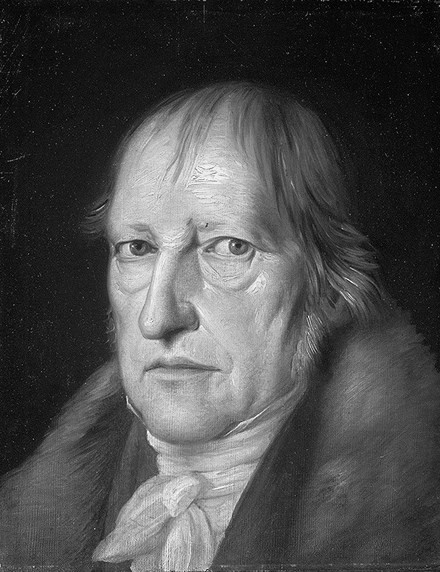
Publication details
Publisher: Springer
Place: Berlin
Year: 2013
Pages: 213-225
Series: Studies in East European Thought
Full citation:
, "Hegel at the GAKHN", Studies in East European Thought 65, 2013, pp. 213-225.


Hegel at the GAKHN
between idealism and marxism—on the aesthetic debates in Russia in the 1920s
pp. 213-225
in: David Bakhurst, Ilja Kliger (eds), Hegel in Russia, Studies in East European Thought 65, 2013.Abstract
This contribution analyses the importance of the State Academy of the Study of Arts (GAKhN) in the appropriation of Hegel's aesthetics in Russia. In immediate connection to this discussion at the GAKhN is Gustav Špet's conception of the ontology of art. This concept represents an attempt of a non-metaphysical interpretation of Hegel's aesthetics. There, art is interpreted as an autonomous mode of the cultural existence as "aesthetic reality." In this interpretation of art Špet refers to two of Hegel's theses in which (1) art is determined as "appearance" which stands as a "quasi-reality" and (2) the aesthetic object gets its ontological status because of "recognition" by humans. These theses help Špet to develop an alternative to Marxist aesthetics.
Cited authors
Publication details
Publisher: Springer
Place: Berlin
Year: 2013
Pages: 213-225
Series: Studies in East European Thought
Full citation:
, "Hegel at the GAKHN", Studies in East European Thought 65, 2013, pp. 213-225.


